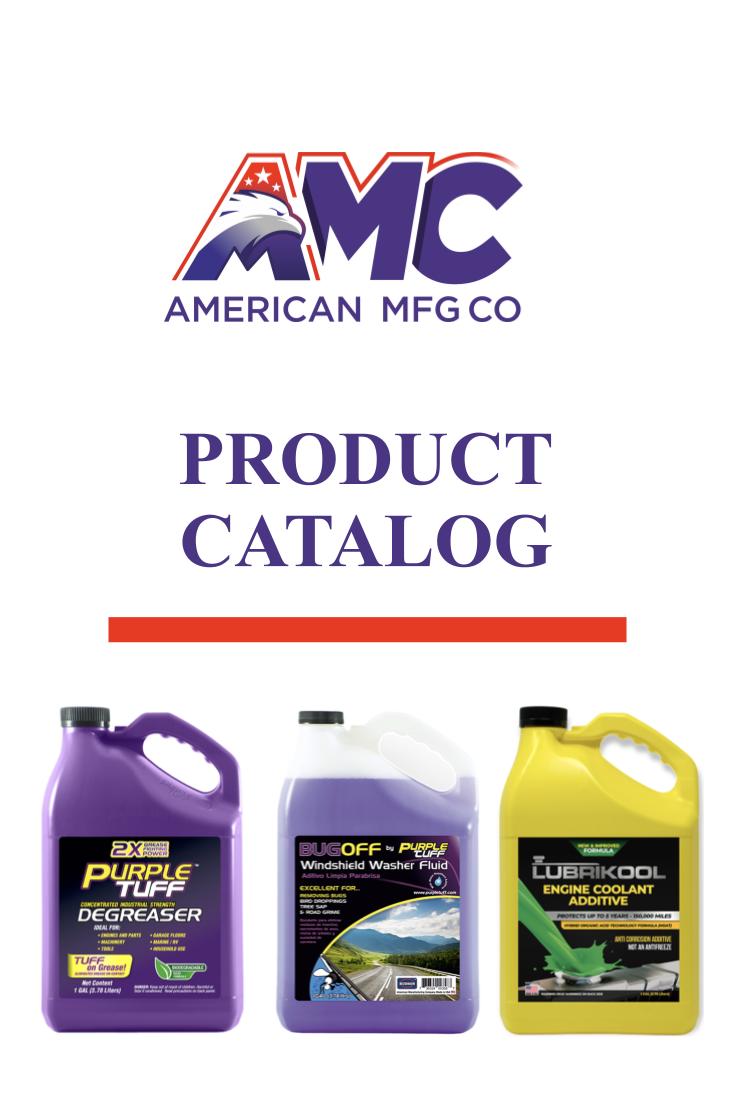Blog
What Every Car Owner Should Know About Engine Coolant

As a car owner, you know that taking care of your vehicle is essential for better performance. Engine coolant (also known as antifreeze) is one of the vital components that requires close attention. Coolant not only prevents your vehicle from overheating but also protects it from various internal issues such as corrosion and rust. However, as a responsible car owner or driver, it’s important to understand that not all coolants are the same. Choosing the wrong one, buying a cheap coolant, or failing to replace it on time can lead to costly and unwanted repairs. But how often should you change your car’s engine coolant? Which coolant is the best option? This article will explain everything you need to know about engine coolants or antifreeze.
How Does Engine Coolant Work?
Have you ever wondered how coolants work? Engine coolants are a mixture of water and different chemical compounds, such as ethylene glycol, which have a higher boiling point and a lower freezing point than water. The reservoir in your vehicle that’s connected to the radiator is filled with coolant. When the engine generates heat, these fluids absorb it and provide protection against engine freezing. This keeps the engine running optimally.
What Are the Types of Coolants?
Coolants (or antifreeze) are divided into three different types: Inorganic Acid Technology (IAT), Organic Acid Technology (OAT), and Hybrid Organic Acid Technology (HOAT).
- Inorganic Acid Technology (IAT): Bright green in color, used in older engines, and must be replaced after 50,000 miles.
- Organic Acid Technology (OAT): Usually orange, yellow, red, or purple, and must be flushed or replaced after 150,000 miles. OAT coolant contains no silicates or phosphates, providing enhanced engine protection.
- Hybrid Organic Acid Technology (HOAT): Generally available in orange or yellow, easily identified on product labels. Requires flushing or replacement after 150,000 miles.
What Happens If Your Coolant Freezes?
Coolant and antifreeze solutions regulate engine temperatures. On rare occasions, coolant can freeze due to an improper mix. If your vehicle’s coolant freezes or fails, it can cause the engine to stop functioning and dangerously overheat, which can burn the engine oil and damage the engine block. Heat will also damage metal components, leading to costly repairs. In some cases, an overheated engine may even require a full replacement.
What Is the Best Coolant Mix Ratio?
Generally, the mix ratio of water and coolant should be 50:50. However, this ratio can be adjusted depending on the climate, as 50/50 only works in temperatures from -13ºF to -40ºF (-25°C to -40°C). The minimum mix should be 70:30 (more coolant than water), and the maximum should be 40:60. Today, many coolant brands offer pre-diluted products with water for added convenience.
How Often Should You Change Engine Coolant?
Coolant replacement depends on your vehicle’s use and consumption. Like other fluids, coolant requires maintenance. Generally, it is recommended to replace the engine coolant every 50,000 miles. However, some newer vehicle models may require coolant service every 10,000 miles.
What Damage Can the Wrong Coolant Cause?
There are hundreds of coolant options available. Using a cheap or unsuitable coolant can weaken and damage the water pump, radiator, radiator hoses, and cylinder head gasket. These are the most common damages, but they can become much worse if not addressed properly and on time.
What Are the Signs You Need a Coolant Change?
If your vehicle is running low on coolant or needs a replacement, you may experience the following symptoms:
- Warning light on the dashboard or abnormal temperature gauge.
- Automatic engine shut-off.
- Damage to engine parts.
- Temperature gauge reaching the red zone.
- Heater not working or constantly blowing hot air.
- Poor fuel efficiency.
- Sweet or burnt smell.
Is There a Difference Between Diesel Antifreeze and Regular Coolant?
No, there isn’t a coolant or antifreeze specifically designed for gasoline or diesel engines. However, it is important to choose antifreeze based on the age of your vehicle’s engine. For example, orange coolants are often preferred in newer engines, while green coolants are commonly used in older engines.
How Can I Check My Vehicle’s Coolant Level?
Yes, you can, and you should check it every few days. It’s a quick task, so doing it regularly can prevent unexpected issues. You can check it by following these simple steps:
- Allow the engine to cool.
- Open the hood and locate the coolant reservoir.
- The reservoir should be translucent, with fill lines visible on the sides.
- If the coolant is above the line, the level is correct.
Choose a Reliable Coolant and Antifreeze Manufacturer
Engine coolant and antifreeze are crucial aspects of vehicle maintenance and require periodic checks. Not replacing coolant on time can cause severe engine damage, reduced fuel efficiency, and higher long-term repair costs. Treating your vehicle with the right type and amount of coolant will help keep it running longer. If you are having trouble finding the best and most reliable coolant and antifreeze manufacturer—or if you are a distributor of coolants and antifreeze—head to American MFG right now!




